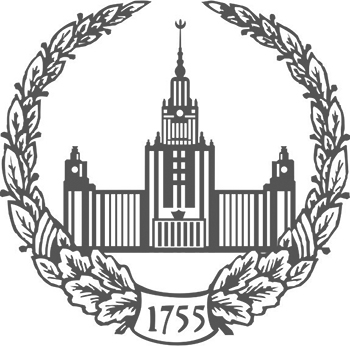ISSN: 2074-8132

ISSN: 2074-8132

Introduction. Studying the ethnogenesis of Tuvans through the prism of the gene pools of their ancestral groups makes it possible to highlight the problem of the Mongolian influence on the formation of their gene pool: Tuvans are characterized by close ethno-cultural ties with Mongol-speaking tribes of Central Asia; Tuvans have an increased contribution of the Mongoloid anthropological variant; the Tuvan language ranks first among Turkic languages in terms of the number of Mongolian loanwords.
Materials and methods. A total sample of representatives of 12 Tuvan tribal groups (N=498) was studied using 60 SNP markers of the Y chromosome, characteristic of Northern Eurasian populations. 24 Y-haplogroups have been identified in the Tuvan gene pool. A comparison of the genetic differences between the tribal groups and between the territorial groups of Tuvans has been carried out. A generalized anthropological portrait of the Tuvan tribal groups Dongak and Sat has been created. A multidimensional statistical analysis 12 of Tuvan tribal groups in the genetic space of South Siberia and Central Asia was carried out.
Results. The «Paleosiberian» haplogroup Q1b-L56 is characterized by a clinal variability of increasing frequency from west to east; the direction of variability of haplogroup N1-F963 is opposite – its frequency increases from east to west. The maximum frequencies of the «Central Asian» haplogroups C2-M217, O1-F492, and O2-M122 were found in the southern Tuvan tribal groups, while the minimum frequencies were found in the western and northeastern tribal groups. The position of Tuvan tribal groups in the genetic space of the populations of Southern Siberia and Central Asia demonstrates the multicomponent nature of the formation of the gene pools of Tuvan tribal groups on a single Samoyed-Ket substrate connecting them with other populations of Southern Siberia. Interaction with Mongolian-speaking tribes is reflected in the gene pool of only individual Tuvan clans (most strongly in the tribal group Kyrgys). Generalized anthropological portraits of the Dongak and Sat ancestral groups are consistent with the results of Y-chromosome analysis: the increased frequency of "Central Asian" haplogroups is characteristic of the Sat. The differences between gene pools of tribal groups are more significant than between territorial groups of Tuvans.
Conclusion. The analysis of gene pools in 12 tribal groups has shown that for ethnic groups preserved the memory of the ancestral structure, the most informative is a study of gene pools of their tribal groups, rather than territorial entities. © 2025. This work is licensed under a CC BY 4.0 license
Introduction. This study characterizes a set of facial morphological traits in the indigenous Russian population of the Volga-Oka region to identify anthropological distinctiveness and reveal traces of Slavic-Finnic interaction. Based on the studies of the autosomal and Y-chromosomal gene pools, we hypothesize to reveal traces of Pre-Slavic population in anthropological appearance Russians of Volga-Oka region.
Materials and Methods. A cephaloscopic analysis of 146 anthropological photographs of males of Kadomsky, Kasimovsky, Shilovsky districts of Ryazan Oblast was conducted; for comparative analysis, anthropological data on the Erzya and Moksha populations of Mordovia were also included. For all individuals, ethnicity was traced to a depth of three generations (both paternal and maternal lines). Fourteen descriptive traits were evaluated. The analysis employed statistical methods (Kruskal-Wallis, χ²; distance analysis) and the generalized portrait method.
Results and discussion. Generalized anthropological portraits of the Russians from the northeastern part of Ryazan Oblast were created for the first time, and frequencies and mean scores of several descriptive facial morphological traits were analyzed. Differences were revealed among the Russian populations of the three districts of Ryazan Oblast. Against the background of other districts, the Russian population of Kasimovsky district stands out (visually characterized by overall gracility, stronger facial profiling, a higher nasal bridge, etc.). A hypothesis is proposed that their distinctiveness arises from a greater manifestation of traces of pre-Slavic populations (Meshchera, Muroma tribes) in their facial morphology.
Conclusion. The anthropological distinctiveness of the Russians in Kasimovsky district may indicate the preservation of a pre-Slavic substrate. The identified anthropological uniqueness of the Russian population of the Volga-Oka region confirms the need for further study of Slavic-Finnic interaction.
Funding. The study has been supported by the Russian Science Foundation (RSF), project No. 25-28-01594.
